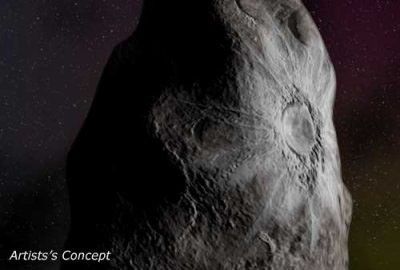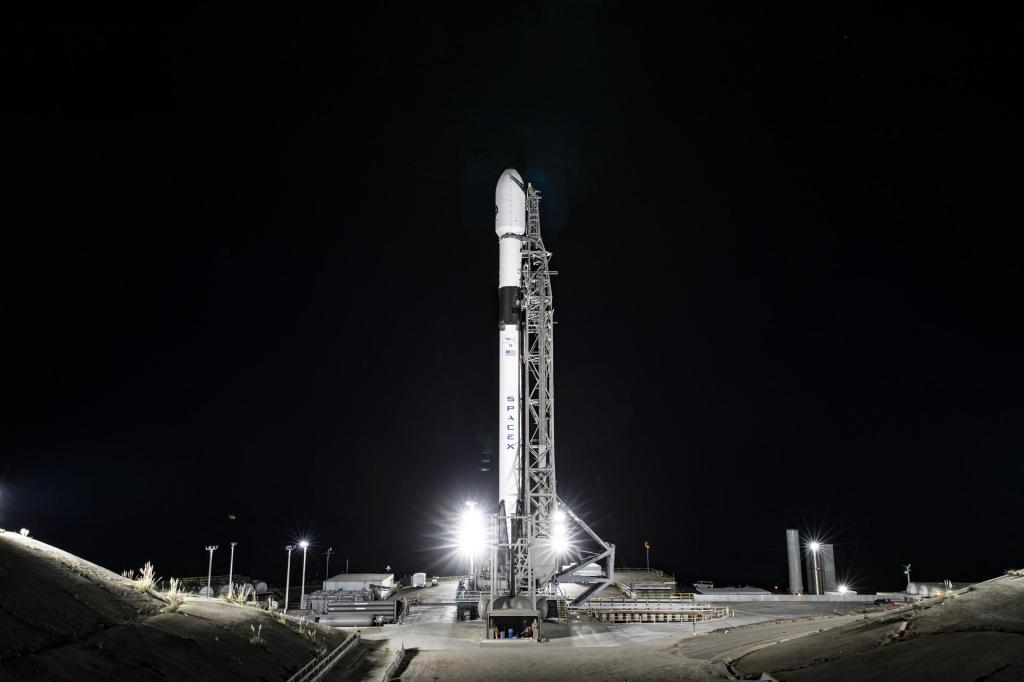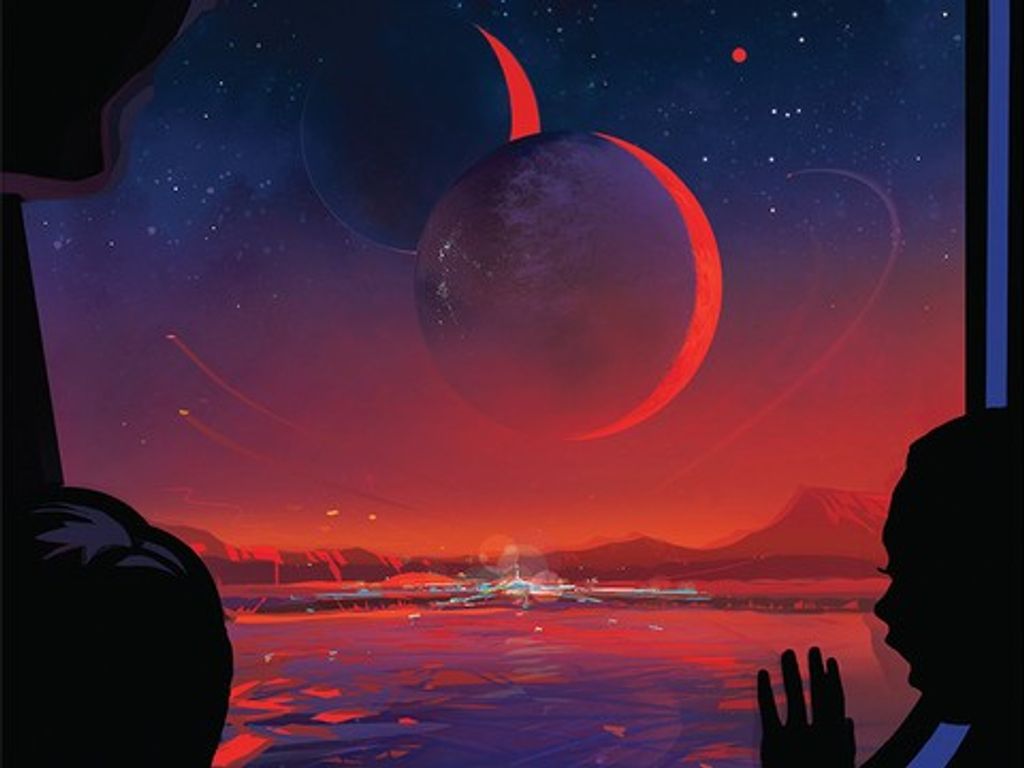1 min read
Centaur’s Crater
This is an artist's impression of object called 8405 Asbolus, a 48-mile-wide (80-kilometer) chunk of ice and dust that lies between Saturn and Uranus. Astronomers using NASA's Hubble Space Telescope were surprised to find that one side of the object (also called a Centaur) looks like it has a fresh crater less than 10 million years old, exposing bright underlying ice Hubble didn't directly see the crater - the object is too small and far away - but a measure of its surface composition shows a complex chemistry. The event that caused the impact crater on 8405 Asbolus may also have knocked it out of the Kuiper belt, a ring of comet nuclei just beyond Pluto's orbit.
- Release DateSeptember 14, 2000
- Science ReleaseCentaur’s Bright Surface Spot Could be Crater of Fresh Ice
- CreditIllustration: Greg Bacon (STScI); Science: Donald W. McCarthy and Susan D. Kern (University of Arizona)
Related Images & Videos

Centaur's Bright Surface Spot Could be Crater of Fresh Ice
This is an artist's impression of object called 8405 Asbolus, a 48-mile-wide (80-kilometer) chunk of ice and dust that lies between Saturn and Uranus. Astronomers using NASA's Hubble Space Telescope were surprised to find that one side of the object (also called a Centaur) looks...
Share
Details
Last Updated
Aug 17, 2025
Contact
Media
Claire Andreoli
NASA’s Goddard Space Flight Center
Greenbelt, Maryland
claire.andreoli@nasa.gov
































